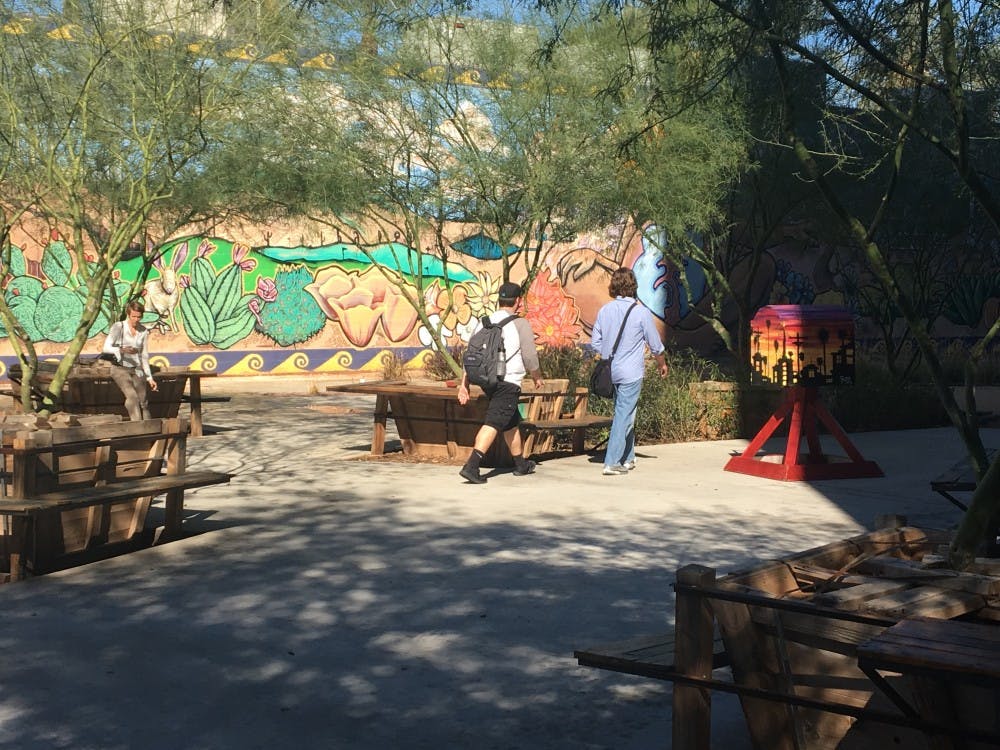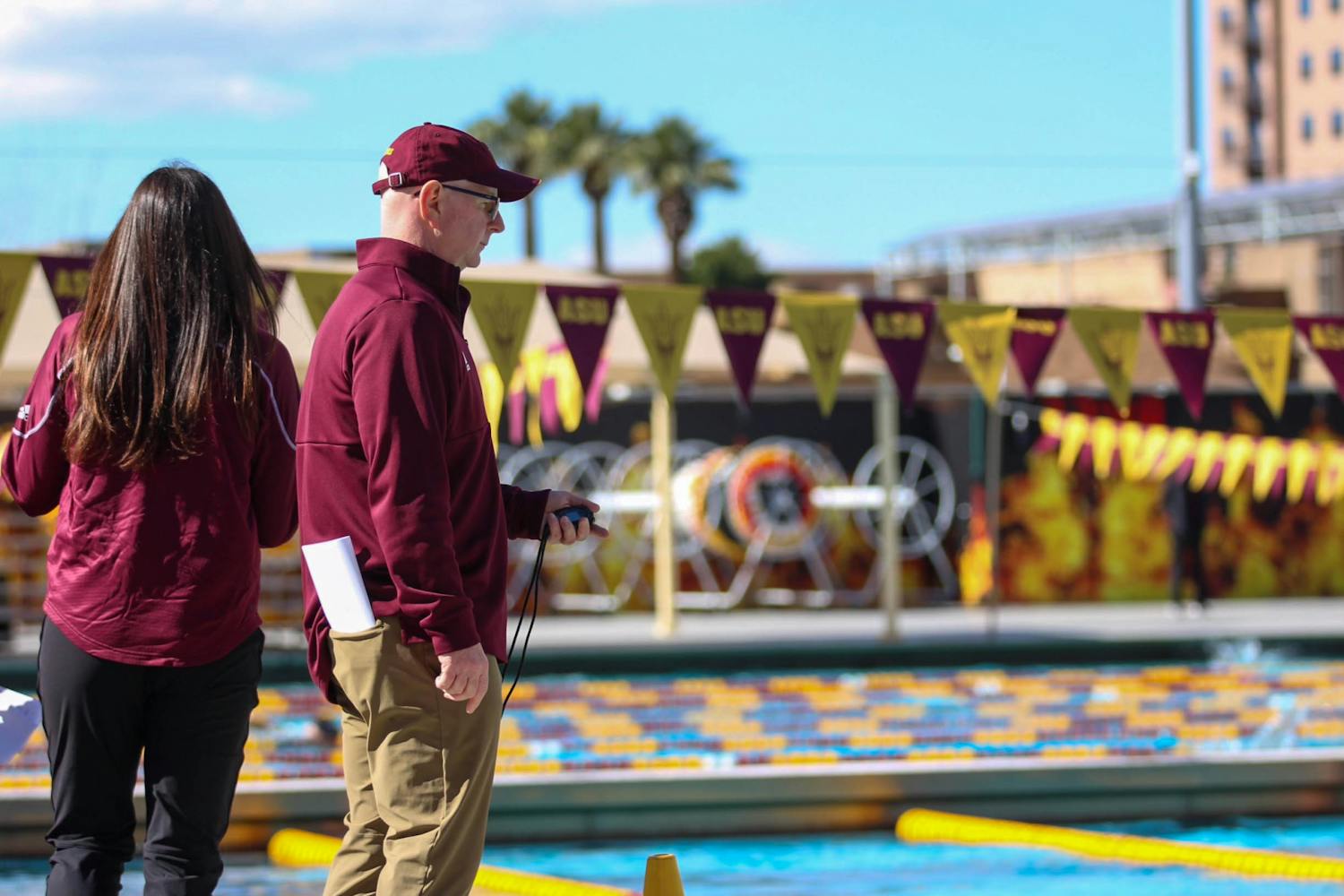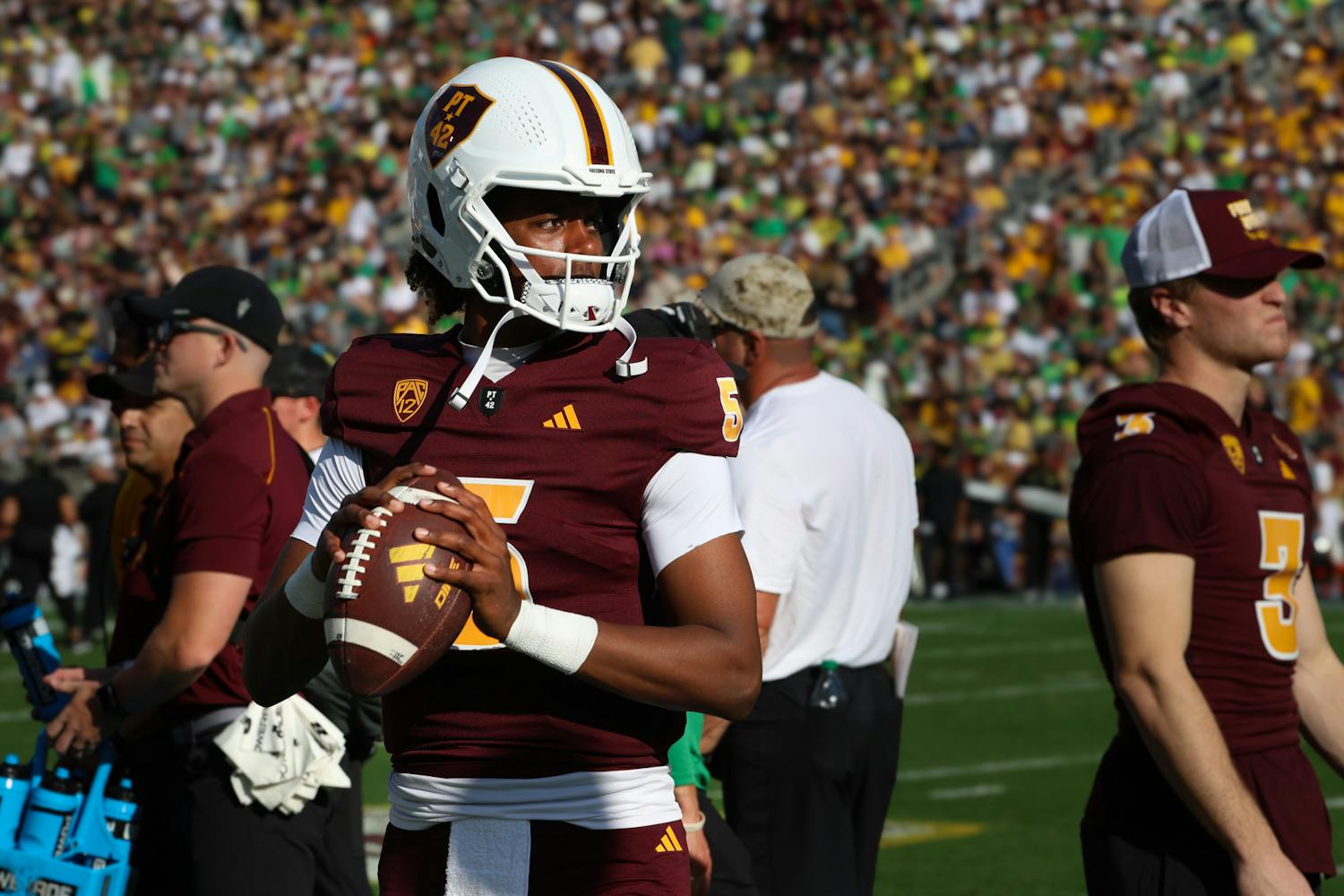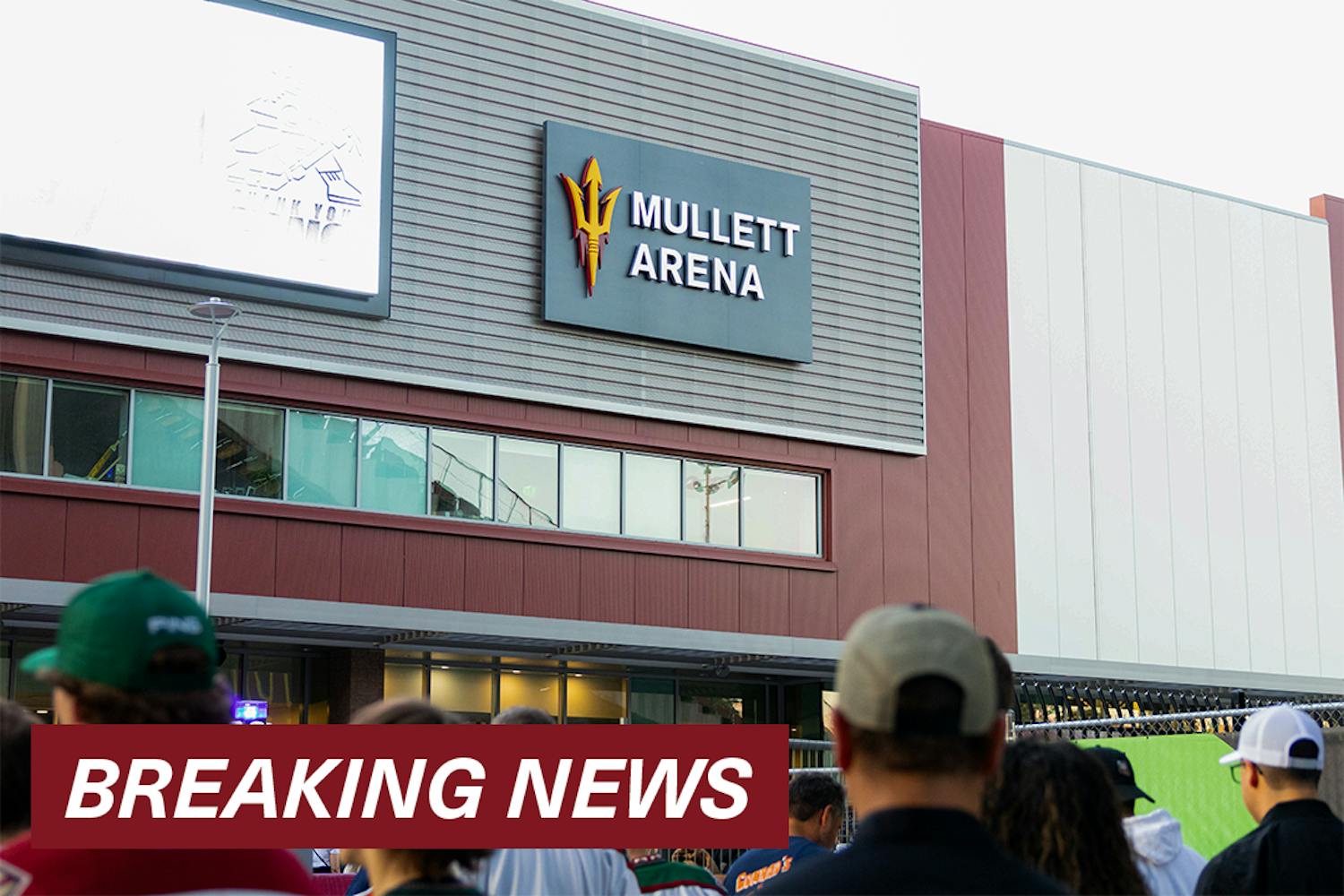Downtown Phoenix has a variety of eye-catching mural art, trendy cafes and a plethora of events. But for city officials, developers, ASU and its partners, one of its eyesores is a little complicated: empty lots.
While vacant lots do populate sections of the downtown Phoenix community, city officials and developers along with partners ASU and Urban Design Week are seeking to activate these various lots through temporary use and development until future projects can take these lots to new heights.
Downtown Phoenix Inc is one of the developers who is seeking to take empty lots, such as the formerly vacant lot between ASU’s Taylor Place dorm and The Valley Youth Theater, and turn them into temporary useful spaces.
Ray Cabrera, the director of downtown environment for Downtown Phoenix Inc., said that his job is to listen to and observe the Downtown Phoenix community so that he and his company can advocate for and implement projects that enhance the public.
One way to do this is through activating empty lots.
“One of them within our district was the vacant lot between Taylor Place and Valley Youth Theater,” Cabrera said. “We identified that several years ago and realized that this would be a good opportunity for us to do a vacant lot activation project.”
He said that the term “activating” a lot simply means to enhance or bring activity to an area that currently doesn’t have any.
“You can’t get any less active than a vacant lot,” he said. “So we wanted to change that and turn it into an area where people can congregate, people can relax, they can have a respite between the other urban environment around them.”
The results of this drive to improve the inactive space that existed next to Taylor Place resulted in "The Space Between," a little pocket park that students and citizens can pass through, have a meal at or simply take breather from their day.
The park itself is a temporary pocket park, meaning that it is an area that is temporarily activated to make use of a space that will not be in use for several years.
“The biggest negative when it comes to vacant lots is that they are a tear where the urban fabric has kind of been damaged,” Cabrera said. “Every successful city has their network of blocks that are connected. You’ve got buildings and parks and sidewalks and roads that are all connected giving people an experience of feeling connected to one another. When you have a vacant lot, that breaks up that pattern — it contributes to a breaking down of the social fabric.”
Through the use of temporarily activating a space that won't be in use for a couple years, it helps to repair this tear and create more activity in the community.
This idea of temporary space is one that was brought up at an event through ASU’s Sustainability Solutions Festival partner, Urban Design Week.
The event itself was called Local First Arizona For(u)m: Cultivating Temporary Use and was a conversation between a city planning and development director, developer, consultant and farmer to discuss temporary use spaces.
Jason Franz, manager of marketing connections with ASU’s Sustainability Festival, said that the festival partner with Urban Design Week to spur conversations such as this.
“(Our goal is) to create conversations about how to broaden the conversation around sustainability, to champion those people who are putting forward innovative sustainable solutions and to have this higher, elevated conversation about what can be done to insure that we are creating a better world for all of us to have,” Franz said.
He said for their festival, which began at the beginning of the month and looks to reach over 35,000 people by the end of it, program manager Kelly Saunders helps find events and partners to include and work with.
“(Saunders) actually over the course of the entire year is out in the public cultivating these relationships,” Franz said. “Because Phoenix Urban Design Week is bringing in a group of people to talk about how the Phoenix Urban area can use design and the build environment to make a more resilient downtown area, that is definitely within the sustainability context.”
As a result, it has brought in people such as Alan Stephenson, planning and development director for the city of Phoenix, to talk about ideas relating to temporary use and it’s future in downtown Phoenix.
“We don’t have to many (vacant lots) within our district anymore,” Cabrera said. “The few vacant lots remaining are already pegged for development process.”
As for what students can look out for in the time between the lots that are currently vacant and when they will be filled, Stephenson said that students should look for opportunities to get involved with these projects and the community.
“I think that the students should look for opportunities to get involved with the local downtown community, to become involved with Downtown Phoenix Inc. and some of our other active downtown groups and to volunteer with these folks when they are looking for volunteers to make these things happen,” Stephenson said. “They can always use that kind of help.”
Reach the reporter at Owen.Baldner@asu.edu or follow @Baldnerwin on Twitter.
Like State Press Magazine on Facebook and follow @statepressmag on Twitter.




